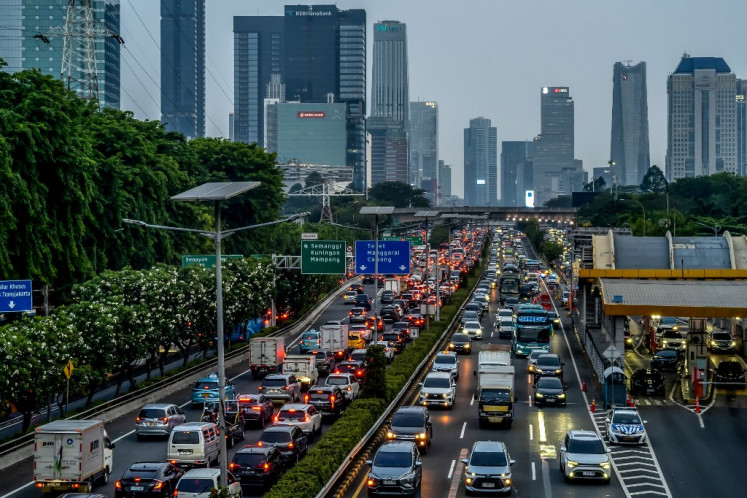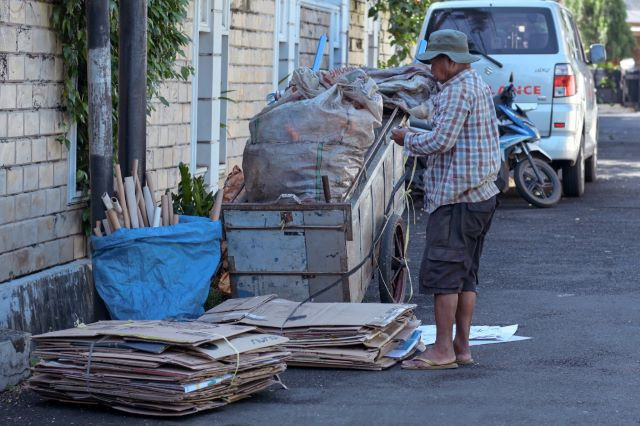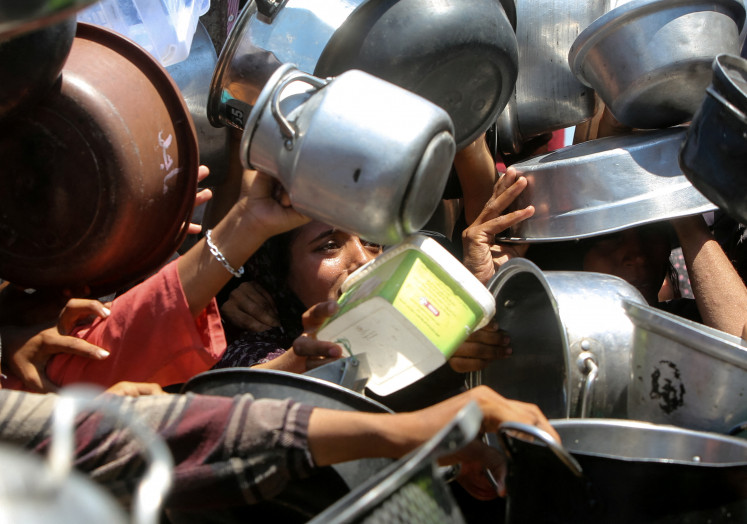Popular Reads
Top Results
Can't find what you're looking for?
View all search resultsPopular Reads
Top Results
Can't find what you're looking for?
View all search resultsIndonesia to import 240,000 tons of sugar
Indonesia, Southeast Asia’s largest sugar consumer, will import 240,000 tons of raw sugar this year to meet domestic demand for white sugar, which is expected to reach 860,000 tons for the January–May period
Change text size
Gift Premium Articles
to Anyone
I
ndonesia, Southeast Asia’s largest sugar consumer, will import 240,000 tons of raw sugar this year to meet domestic demand for white sugar, which is expected to reach 860,000 tons for the January–May period.
Agriculture Minister Suswono said on Tuesday in Jakarta that domestic sugar production for the given period would only amount to 598,578 tons of white sugar, leaving a deficit of 261,422 tons. The 240,000 tons of raw sugar would be processed into 220,000 tons of white sugar, the minister said.
“We will suffer a deficit for one month, or around 220,000 tons of white sugar,” he told reporters after a meeting of the sugar board at his office.
Suswono said the imported sugar would be allocated to meet demand in the eastern part of the country, particularly Sulawesi. He added that the decision to import raw sugar was partly to allow local mills to increase production. The final decision on importing the sugar would be made during a meeting at the Office of the Coordinating Economic Minister next week, he said.
Indonesia imported 118,129 tons of white sugar last year. Indonesian Sugar Association data shows Thailand supplied 60 percent of Indonesia’s imported sugar, followed by Brazil (20 percent) and Australia (10 percent).
Indonesia’s sugar industry saw production decline by 30 percent from 1995 to 2000 due to the closing of a number of out-of-date mills.
Total demand for sugar by households and micro-industries is estimated to reach around 2.8
million tons this year, a 3.7 percent increase from last year. Last year, national output was about 2.2
million tons.
The decision to import sugar has always been problematic for the government as local farmers continue to suffer from a limited income. More than 1,000 sugarcane farmers from various parts of the country demonstrated outside the Trade Ministry in Jakarta in December, demanding a ban on sugar imports.
Sugarcane Smallholder Farmers Association member Soemitro Samadikoen said his association expected sugar output to increase this year as farming practices had been improved. However, local production output could not be estimated yet, he said. Indonesia’s plantation productivity is estimated to stand at half of that of Thailand, resulting in lower output, according to Soemitro.
Soemitro said that as importing was not a preferable choice, the government should ensure the allocation of imports according to the planned regions by improving its control over the distribution of imported sugar, averting smuggling into areas that had sufficient stocks.










